Rash on eyelid
definition
A rash on the eyelid describes a dotted reddening over the eyelid, which can be accompanied by small pustules or wheals, as well as itching, burning or pain.
The eyelid is often affected because it is a highly stressed area on the face that comes into daily contact with a multitude of potential pathogens through rubbing the eyes and constant environmental contact. When touched and in danger to the eye itself, the lid slides protectively in front of the eyeball and catches irritating or infectious substances.

Symptoms
In addition to the reddening of the eyelid, accompanying symptoms also appear in many cases, depending on the cause. This can lead to burning or itching.
The eyelid can also swell and be hot, painful and restricted in its function when touched. These are typical signs of inflammation. While a simple rash on the eyelid is technically called "exanthema", an inflammation on the eyelid is called "eczema".
The rash may develop in such a way that it turns whitish, scales, scabs, pustules, wheals and weeping rashes. Very dry skin is also typical of a rash.
Read more on the topic:
- Eczema on the eyelid
- Dry eyelids
- Eye pain
Itchy rash
Neurodermatitis is a common cause of an itchy rash on the eyelid. This inflammatory skin disease, also known as atopic eczema, affects up to 15% of children. However, it is also found in adulthood and is associated with dry skin and extremely itchy eczema. These primarily affect the skin on the flexors of the arms and legs, but can also be found in other regions. The eyelids are very often affected on the face, as the skin here is very sensitive anyway. A reddening of the eyelids, reminiscent of a "tearful" facial expression, is typical.
Another cause of an itchy rash on the eyelid is an allergic reaction. Cosmetics, care products or cosmetic treatments such as eyelash extensions, eyelash tinting or permanent make-up can cause serious irritation. If itchy rashes, pain or other abnormalities occur after using a product or treatment, a doctor must be consulted immediately.
Allergies to pollen, essential oils, plants, or other allergens can also cause itchy rashes on the eyelids.
Blistered rash
An eyelid rash can have different causes. A typical cause of a rash on the eyelid, which is characterized by the formation of blisters, is herpes zoster. Most people are familiar with this disease under the term "shingles". The virus, which usually causes chickenpox in childhood, namely the Varziella zoster virus, slumbers in the nerve nodes for life after an infection. From there it can be reactivated, for example in the context of an infection, a very stressful phase of life or a disease that puts a strain on the immune system. Then it typically leads to painful shingles, which can also affect the eye. Typically only one eye is affected. The segment-like infestation of the eye and the adjacent forehead skin is also known as ophtalmic zoster.
In the early stages of shingles, redness and small vesicles with clear contents appear that are very burning and painful. In addition, accompanying symptoms such as fever and fatigue occur. When the eye is affected, the bridge of the nose, the forehead and the tip of the nose are usually painful. This disease must be treated immediately, as severe inflammation of the eye can lead to permanent damage and impaired vision.
Another possible cause of a rash on the eye that is accompanied by blistering is impetigo contagiosa.The typical childhood disease, which can also affect adults, is characterized by the formation of bubbles of different sizes on the face, neck and ears as well as the characteristic appearance of honey-yellow crusts.
puffy eyelids
Swollen eyelids are usually an expression of inflammation. In combination with a rash, they are often found in an allergy. A typical cause of such an allergy is the annual pollen count. Reddened and watery eyes plague those affected mostly seasonally. House dust mites also typically cause these symptoms in allergy sufferers.
Read more at: Allergy rash or pollen rash
Eye swelling can also be caused by water retention in the tissues. This is known as edema. Such edema can occur in the context of other underlying diseases, such as heart failure. A rash is rather atypical, but with long-term edema, the skin on the affected area may be noticeable. Slightly flaky and dry skin on the eyelids may be present. Swelling of the eyes otherwise occurs as part of other diseases, such as conjunctivitis, which are not accompanied by a rash on the eyelids.
scaly rash
A scaly rash on the eyelids is typical of atopic eczema (neurodermatitis). Usually those affected suffer from dry skin and eczema in different parts of the body. The flexors of the arms and legs in particular, but also the face, eyelids, hands and other regions can be affected. The reddened, dry eyelids convey a "tearful" expression and itch heavily. The skin looks very rough and flaky. These are delicate scales that are easily peeled off when the eyes are rubbed and fall off the eyes.
For more information, see: Dry eyelids or
Incorrect eye care, for example with incompatible ointments or drying cleaning products, can lead to a scaly rash. Women in particular who frequently use soaps or other cleaning products to remove make-up residues dry out their facial skin considerably. In this case, it is important to use gentle products and a moisturizing cream.
Read more at: Proper Skin Care - You Must Know That!
Rash on the upper lid
Rashes can basically affect both the upper and lower eyelids. However, there are some changes that experience has shown to be found more frequently on the upper eyelid.
This includes the eyelid margin inflammation (blepharitis). This inflammation of the edge of the eyelid, which is accompanied by swelling and reddening, as well as crusty and flaky coatings, itches very severely and sometimes also hurts. Incorrect make-up can also lead to skin changes and rashes on the upper eyelid.
Another common cause of an upper eyelid rash is atopic dermatitis.
Read more under: Inflammation of the upper eyelid
Rash on the lower lid
The lower eyelid can develop a rash for a number of reasons. One possible cause is an intolerance to care products or make-up. Kajal pencils in particular, which are often applied to the inner lower edge of the eyelid, can cause irritation here.
Another possible cause of a rash on the lower eyelid is inflammation of the eyelid (blepharitis).
Hailstones or grains of barley can also cause skin changes in the form of redness and swelling of the eyelid. However, this would not be called a rash.
Read more under: Inflammation of the lower eyelid
Rash in baby and child
Babies and toddlers can also occasionally experience an eyelid rash. Neurodermatitis is a common cause. It occurs after the third month of life and often affects the skin of the face and the scalp. Dry, flushed, and flaky eczema are typical. Neurodermatitis must not be confused with infantile seborrheic eczema. This skin disease, known to many people under the term head gneiss, is characterized by its appearance immediately after birth. Firmly adhering, yellowish, oily flakes of the scalp are typical. However, the eyelids are not affected. Another cause of a rash on the eyelid in children is inflammation of the eyelid, also called blepharitis. The reddened and swollen eyelids are covered with crusty layers. In addition, greasy deposits are immediately apparent on the edge of the eyelid. The focus of the treatment is consistent eyelid margin hygiene. Antibiotic medication is rarely necessary.
Causes of the rash on the eyelid
The causes of rashes on the eyelid are numerous. In the forefront are skin infections caused by pathogens, which are caused in particular by viruses or bacteria. Viruses or bacteria can be found in the ambient air or can be transmitted by other people in the form of droplets.
Because the eyelid is on the front of the face, it is exposed to environmental germs and stress on a daily basis. A common mode of transmission is one's own hand with which one rubs one's eye. Especially after contact with irritating substances or infectious material, e.g. handkerchiefs, public toilets, door handles, you should not rub your eyes.
An equally common cause of an eyelid rash is allergic reactions. Human skin reacts to many environmental substances such as pollen (a rash caused by pollen) or irritating chemicals with allergic rashes.
The eye is not infrequently affected, as mascara, make-up and similar products used on the face often cause skin irritation. Likewise, by rubbing the eye, a potential allergen can be carried from the hand to the eyelid. Make-up items and care products should therefore always be removed thoroughly in the evening if possible.
In very rare cases, chronic skin diseases or diseases of the liver can lead to rashes on the eyelid. Kidney or thyroid diseases can also lead to these symptoms. However, these diseases usually come with a few more symptoms.
Read about it too Rash around the eyes
Diagnostics for a rash on the eyelid
The diagnosis can be made quickly by a family doctor or a dermatologist. The conversation (anamnesis) with an assessment of the rash provides clear indications. The anamnesis can be used to identify allergens or possible skin diseases as the cause of the rash on the eyelid.
Unilateral rashes are typical for pathogen-related infections of the skin of the eyelids. In the case of certain infectious diseases, a smear of the skin can also provide information about the exact pathogen.
Allergic reactions rarely affect just a single eyelid.
Read more on the topic: Eyelid inflammation
Treatment of the rash on the eyelid
The treatment must be based on the cause of the rash on the eyelid and thus be individual. If the rash is very severe, painful, or widespread, it is imperative that you consult a doctor. Any inflammation can spread to the eye and lead to undesirable complications.
If allergic reactions occur frequently, it is necessary to identify the cause of the rash. These can be typical allergy triggers such as pollen or grass, but also cosmetic products or irritating creams. Changing or leaving out this product is essential. Until healing, the eyelid and the surrounding skin should be spared from unnecessary irritation by other cosmetic products. But there are also many herbal home remedies for a rash that reduce itching and have anti-inflammatory effects.
Under certain circumstances, skin creams can be used in consultation with the doctor. It is important to maintain a basic hygiene and a clean eyelid that is cleaned daily with water and without soap.
Hygiene creams or creams containing cortisone, but also antibiotic ointments can then be used, depending on the cause of the rash on the eyelid. A cream containing cortisone targets allergic reactions of the skin by reducing immune reactions.
Read more on the topic: Treat rash with ointments and creams
Homeopathy for rash on the eyelid
There are no general or uniform recommendations from homeopaths available for treating a rash on the eyelid. Homeopathic treatment is roughly based on the type of rash, its appearance and any accompanying symptoms.
For example, a rash that is itchy, crusty, and worsened in the cold is said to respond well to the homeopathic remedy sepia. For swellings and blisters that burn heavily, however, the remedy Apis mellificia is more suitable.
Anyone who would like to take advantage of homeopathic treatment should seek individual advice from a pharmacist or homeopath regarding the recommended remedies.
How long does it take?
The duration of the rash on the eyelid can vary widely.
Often the cause of the rash cannot be found straight away. If the hygiene is observed and the eyelids are spared, the rash should subside within a few days. In the case of infections with pathogens, the healing process can be delayed for a few days.
In the case of unexplained, long-lasting rashes on the eyelid, a doctor should determine the cause and monitor the therapy. Complications, for example involving the eye, are rare but possible.







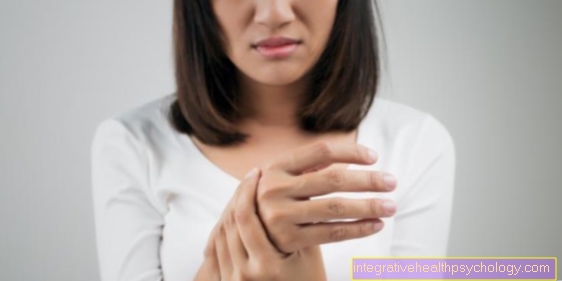
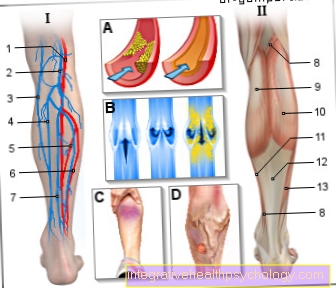




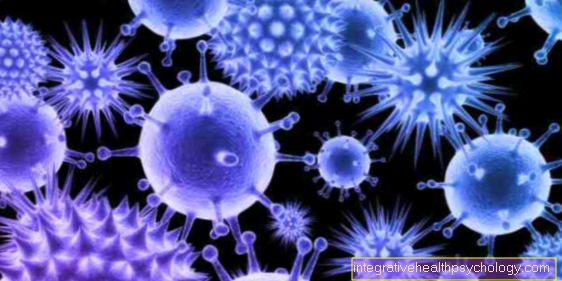


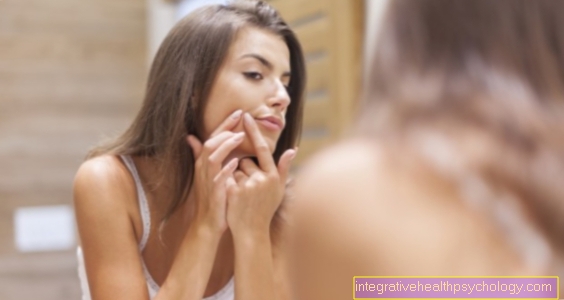
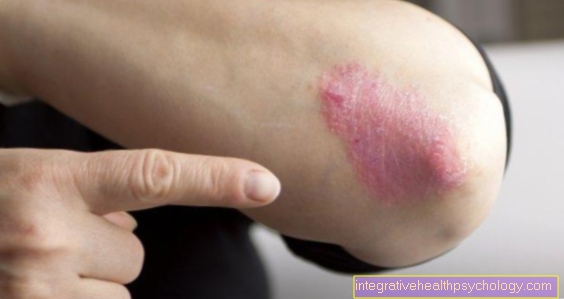


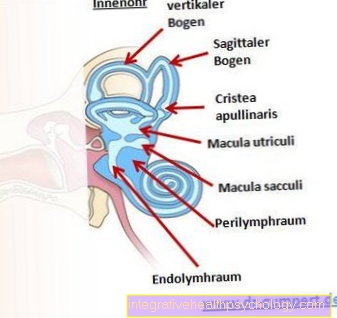



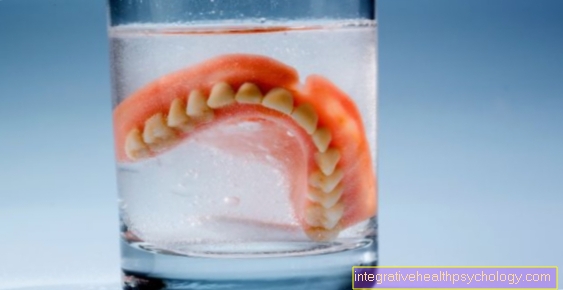




.jpg)